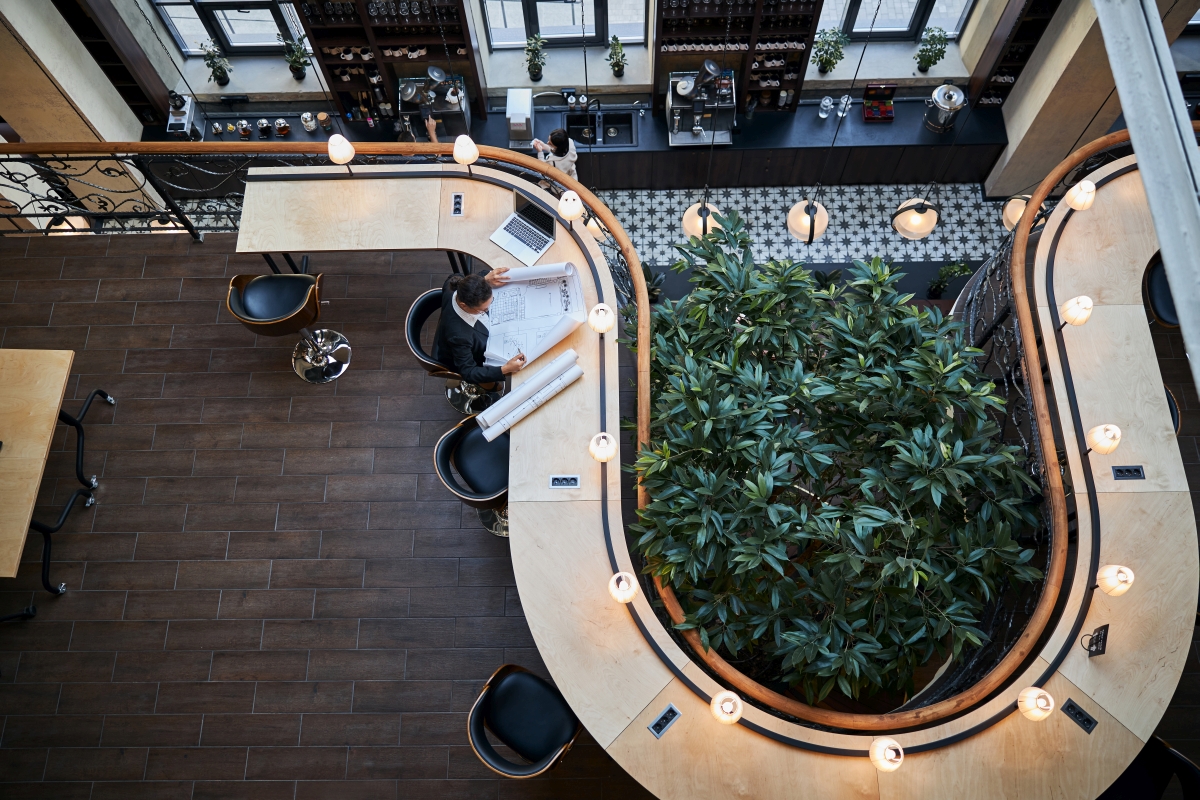The future of work is hybrid
Andika Pratama2021-10-11T15:59:09+08:00Last year, we have seen how work has changed forever, impacting every person and organization across the globe. Now, with widespread vaccinations in sight, we’re on the brink of disruption as great as last year’s sudden shift to remote work: the move to hybrid — a blended model where some employees return to the workplace and others continue to work from home.
We know two things for sure: flexible work is here to stay, and the talent landscape has fundamentally shifted. Remote work has created new job opportunities for some, offered more family time, and provided options for whether or when to commute. But there are new challenges ahead. Teams have become more siloed and digital exhaustion is a real and unsustainable threat. The opportunity now is to build on what we’ve learned over the past 12 months to create a workplace where everyone can thrive.
Hybrid work is inevitable
According to a CBRE survey, 47% of employers intend to allow hybrid working arrangements for their staff. Extreme flexibility and hybrid work will define the post-pandemic workplace. Employees want control of where, when, and how they work, and expect businesses to provide
options. The decisions business leaders make in the coming months to enable flexible work will impact everything from culture and innovation to how organizations attract and retain top talent.
Last year’s move to remote work boosted feelings of inclusion with everyone working in the same virtual room. The move to hybrid will break that mold and there will be a new and important objective to ensure that employees are given the flexibility to work when and where they want, as well as to give everyone the tools they need to equally contribute from anywhere.
Bridging the gap between physical and digital worlds
Over 70% of employers surveyed plan to include flexible spaces in their office portfolios two years from now, an increase from the current 57%. We can no longer rely solely on offices to collaborate, connect, and build social capital. But physical space will still be important. We’re
social animals and we want to get together, bounce ideas off one another, and experience the energy of in-person events. Moving forward, office space needs to bridge the physical and digital worlds to meet the unique needs of every team — and even specific roles.
Most organizations will require a mix of collaboration, meeting, and focus space, in addition to spaces that encourage informal social interactions. Along with physical spaces, organizations need to invest in technology that enables people to fully participate from home, in the office, on the go, and from the manufacturing floor. This includes creating inclusive meetings experiences where everyone can contribute regardless of location. Employers should consider changes to meeting room layouts with the addition of multiple screens to create dynamic views of participants, chat, whiteboards, content, and notes.
With an increasingly distributed workforce, people will be working from home, from the workspace, from different geographies, in the cloud, and working in different shifts. The real challenge for any organization is to provide the right environment and the tools to support this emerging distributed workforce. At PointStar, we have the experience and knowledge to create a future workspace that will accommodate the needs of your workforce. From boardrooms and meeting rooms to networking solutions and IoTs, we have an extensive list of tried and tested solutions that can create a conducive working environment.


Leave a Reply